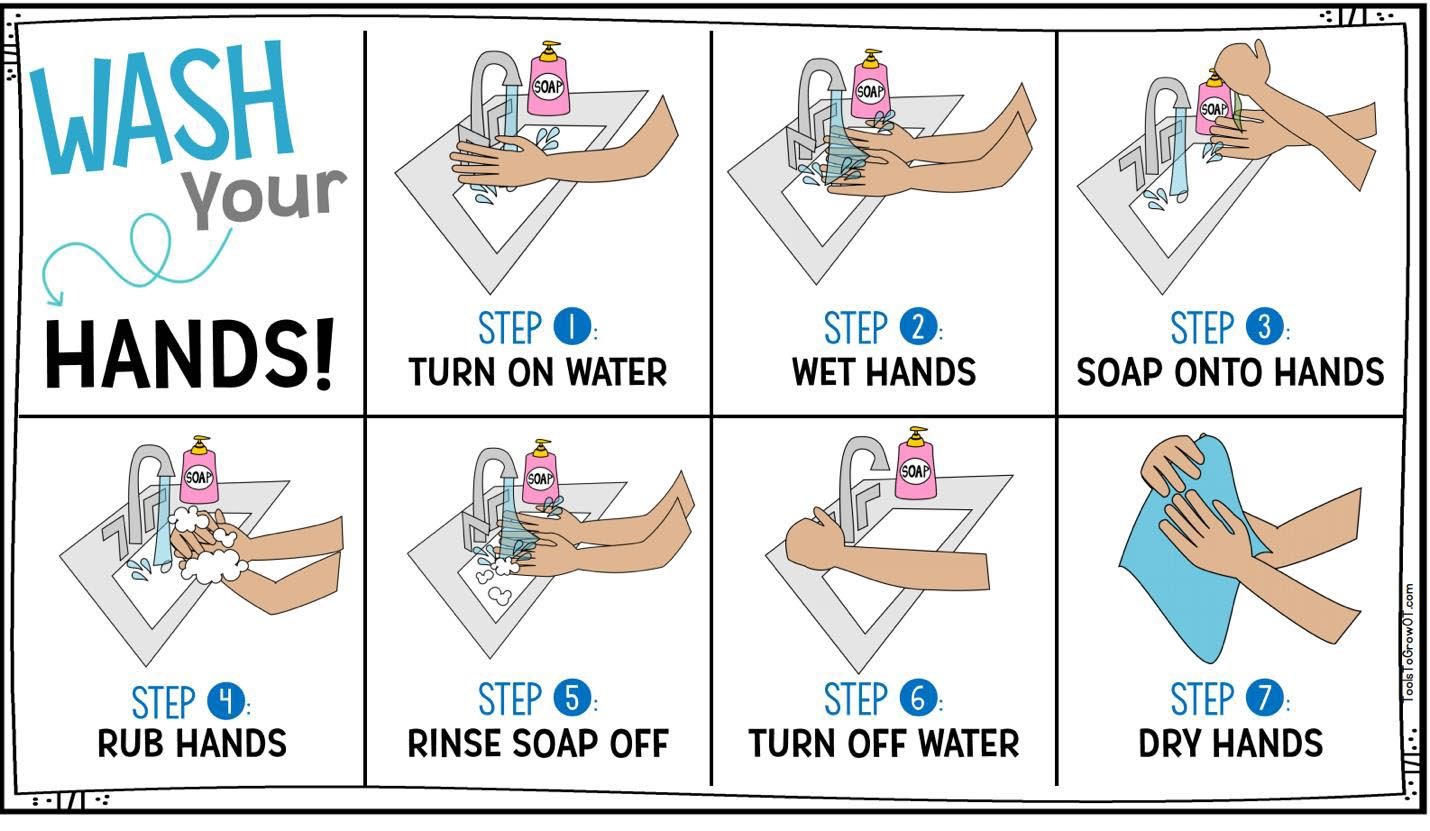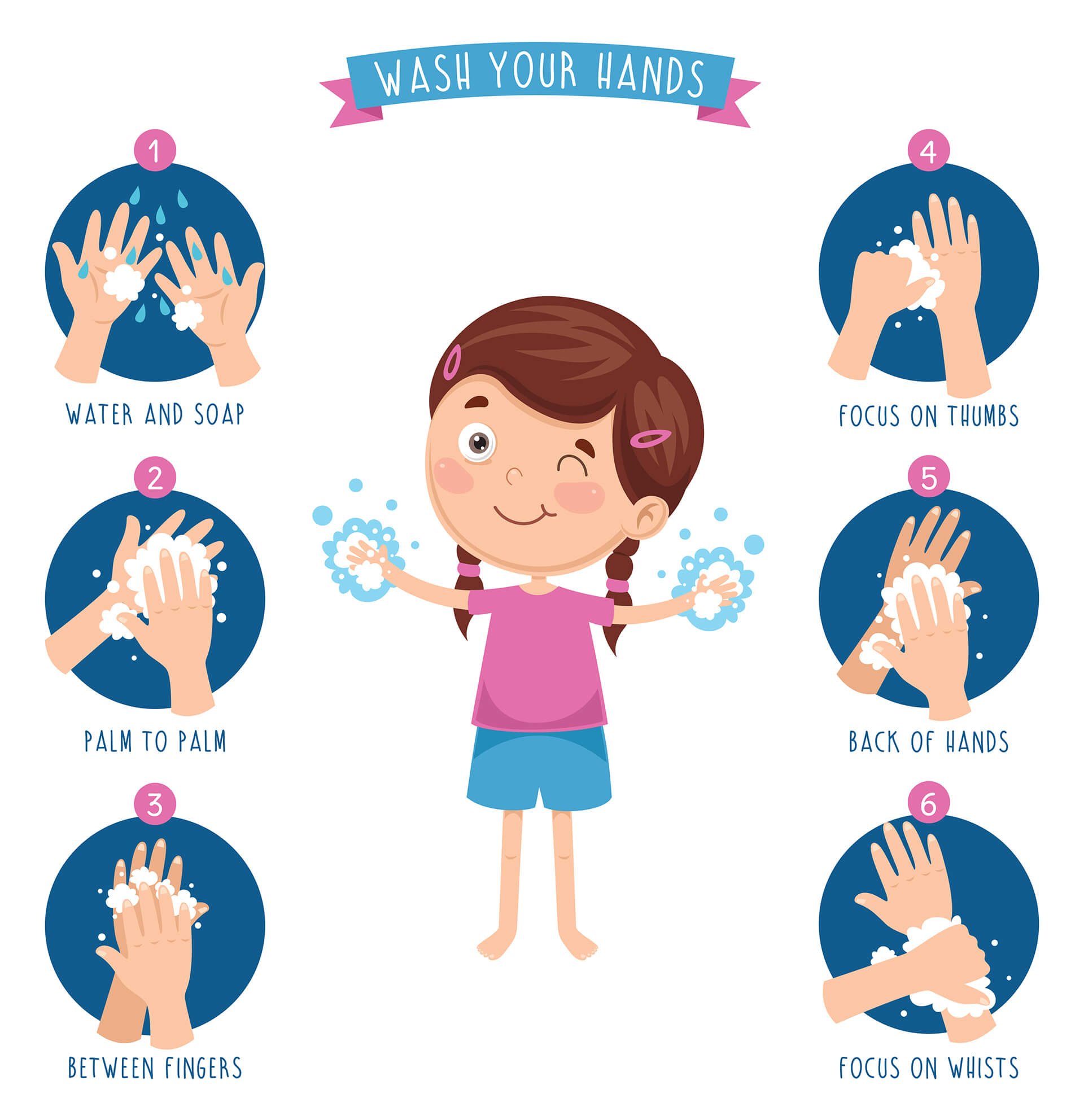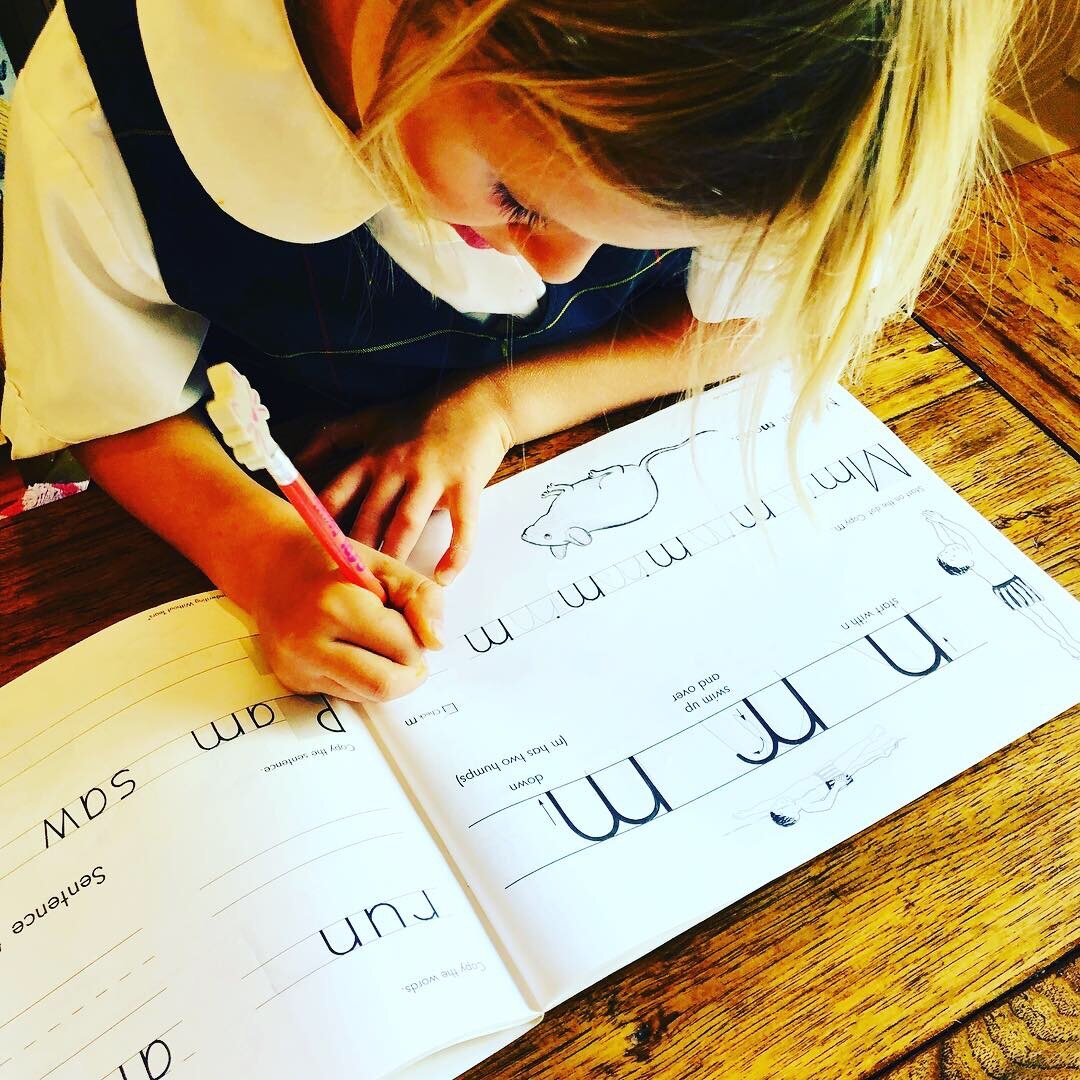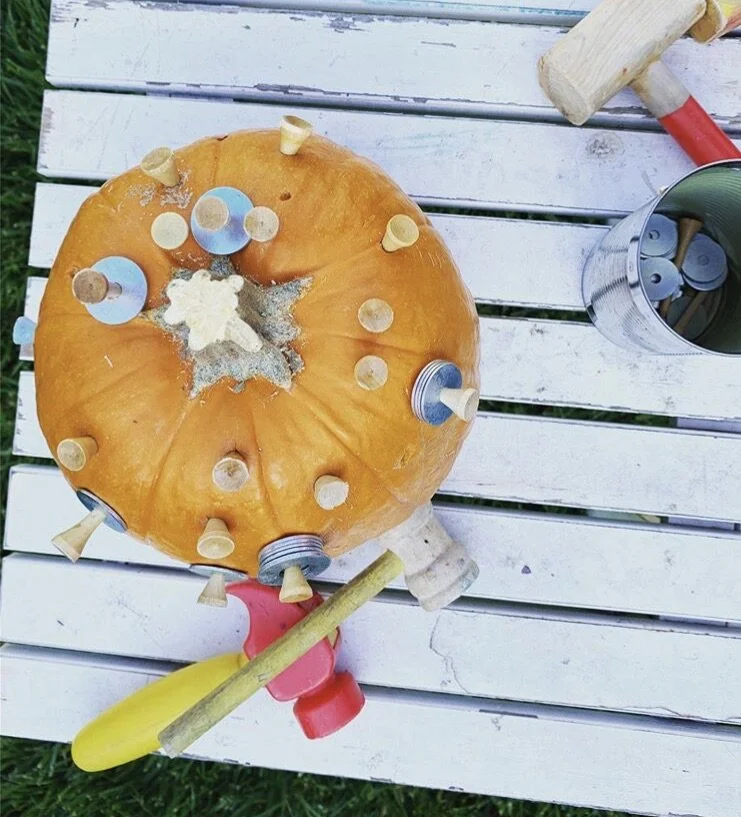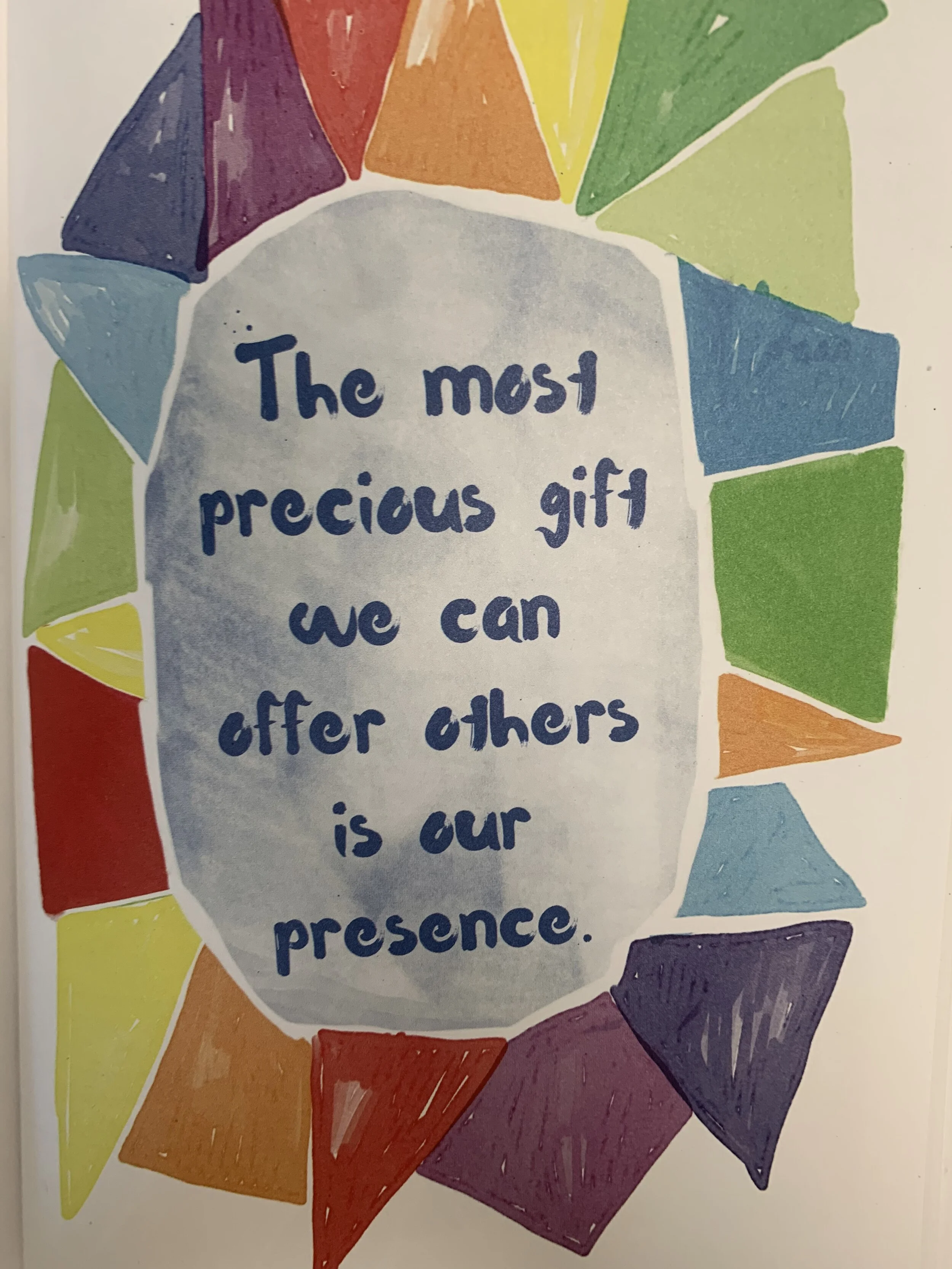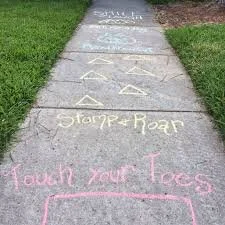Maybe you have heard of motor planning and are wondering what is it? I hope to clarify what it is, how we can help children with motor planning, and provide some fun activities for you to work on motor planning!
Motor planning is a complex skill that requires many small steps and quick functions in which are brain engages to execute the desired action. For example, some routine tasks may seem just that, “routine,” but in actuality, our brain has quickly figured out the way the body needs to move, integrated sensations, and executed the precise movements for the task. For young children, this circuitry builds with repetition and the motor processes become more automatic. Sometimes, this is particularly difficult for some children and this is where OT comes in! Through our ability to conduct activity analysis and break down activities into their subparts, OTs help figure out where the break in the process is and assist the child in developing the motor plan so that activities become more automatic and the body knows what is needed to execute the steps for engagement.
For more reading on the neural processes that are occurring and if neuroscience excites you, here is an interesting article link: Inagaki, H.K., Chen, S., Daie, K., Finkelstein, A., Fontolan, L., Romani, S., Svoboda, K. (2022). Neural Algorithms and Circuits for Motor Planning. Annual Review of Neuroscience. 8(45), 249-271. doi: 10.1146/annurev-neuro-092021-121730. Epub 2022 Mar 22. PMID: 35316610.
And a more general understanding of motor planning explained here: https://www.understood.org/en/articles/motor-planning-what-you-need-to-know#
So what can you do to help a child with motor planning?
Working on motor planning with children can and should be done through play and lots of fun! Break down tasks into small, understandable steps. Assisting children with visuals can be helpful. For example, if washing hands is challenging and a step (like using soap is always skipped), provide a visual above each sink that your child uses. Practice hand washing so you can see where your child might be having difficulty. Perhaps you notice that the soap dispenser is hard for your child to push down, or they just can’t quite reach the soap. You can modify the environment based on these observations.
Here are some things that can be helpful in this example of hand washing:
Use a stool that is the right height
Consider the type of soap dispenser
Try using different soaps like a foaming soap, soap bar, colored soap that interests them and serves as a reminder to use it
Is the faucet easy or hard for the child to reach and turn on?
Can they reach the water? Consider faucet extender
Are they able to control the temperatures? Perhaps the water turns on too hot or too cold
Here are some fun ways to work on motor planning through play:
Build an obstacle course and switch up the ways to go through it
Building structures with wooden unit blocks, magnates, Duplos or Legos
Marble runs
Games with multiple steps
And here are some fun games that also work on motor planning…
For Toddlers:
Stacking cups- so many fun ways to play with these besides stacking. Pour water, bring them into the bath
Doll with diaper changing set and simple clothing
For 4-8 year olds:
Take apart cars and fort building kits are a fun way to work on motor planning!
For 9 and up:
Games that require sequencing are a great way to engage in the three parts of motor planning and executive functioning skills. STEM or craft kits are also great to build motor planning skills.
An occupational therapist can be helpful if your child needs assistance with any motor planning skills. Please reach out with any questions.


